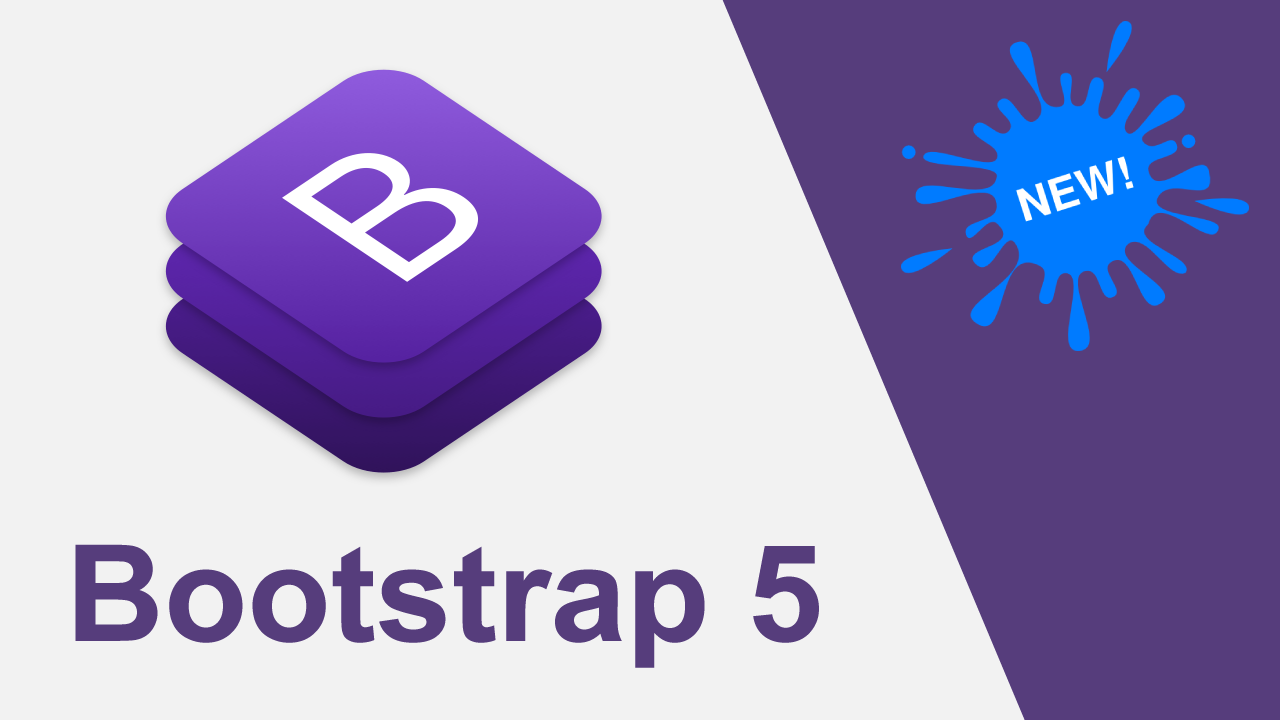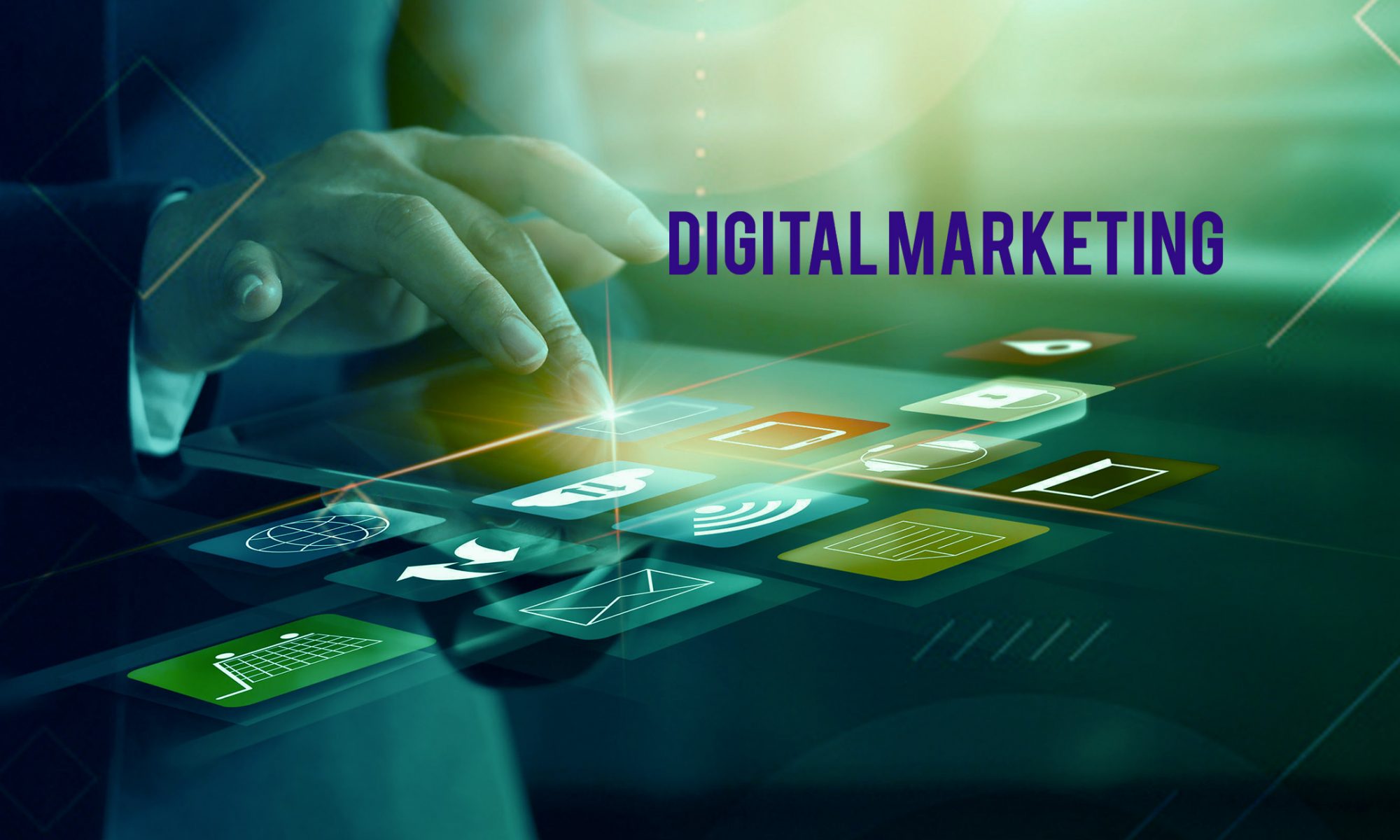Coding happens to be the first thing that occupies our mind when it comes to software development. Software development is a long drawn out process as it entails in depth analysis, viability assessments and planning, prior to kicking off coding. After all, there is no point in spending time and effort on an idea that is wasteful. For instance, you are holding an event and have solicited the presence of a few but if you have not planned the event well, everything will fall apart. The same holds true for software development. In this write up, we will be touching upon two of the most regularly used approaches to software development—Agile and Waterfall.These two approaches are utilized for any management project, they are commonly utilized for software development. Agile and Waterfall methods happen to be two types of Software Development Life Cycles (SDLC) that assist you in setting up the method of a new project for design, development, and testing of the software. The approach you select initially defines the sequences of these stages. What sets apart Agile and Waterfall methodologies is that the former permits an iterative development and the latter adheres to strict sequence. Now let us understand these a bit better.
Also Read : The Agile Way Of Testing Software ?
What do you mean by Software Development Life Cycle?
Software development has several stages. These stages happen to be Need Evaluation, Planning, Software Designing, Software Development, Software Testing and Software Deployment which together is called SDLC . Based on the project and preferred outcomes, we have various methodologies to this lifecycle. While Waterfall and Agile happen to be usual approaches, there are others as well including V and V model, Spiral model and Prototype model. Based on the needs and other specifications (like industry, type of software, the technology used), we arrive at the approach to utilize.
Waterfall Method
Also called Linear Sequential Life Cycle Model, Waterfall is an extremely sequential approach. As it is obvious by now that the method adheres to a strict pattern, implying that the software development process proceeds merely to the next stage when the first one finishes properly. It’s meant for simple projects having no future development. The Waterfall method comprises seven phases
– Start: The beginning where you conceive the design.
-Origin & Assessment: Collect and save the things needed for your software development project such as system, software requirements, etc.
– Devise: At this stage, you will ascertain how your software will work and the elements essential for coding.
– Build: It is the implementation time when you code all components of your software & test it alongside; you also merge every element with other units to enliven the software architecture in the design phase.
– Examining: This phase warrants excessive testing for users, finding bugs, etc. You must go forward and backward in this stage to tackle the problem that you find in the tests.
– Execution: This is the final stage where the software goes live to be utilized by the clients.
Advantages
As clear as daylight: The timelines and deliverables regarding the project are arrived at beforehand. This establishes a lot of clarity and collaboration between the development team and clients.
Excessive Documentation: This approach needs excessive documentation of every phase cutting out the prospects of mistakes or misunderstandings.
Effective Work: You do not require to have the full development team for a sole task. This method gives a clear view of tasks to carry out permitting each individual to concentrate on their activities while others involve themselves in other facets of work.
Build: This is the implementation time when you code each element of your software & test it alongside; you also merge each element with other units to bring the software architecture in the design stage to life.
Hands-Off Approach: It hinges on a hands-off customer approach as post the initial design & plan, there is minor or zilch customer presence till you reach the review phase.
Demerits
Deficiency in customer engagement: Some projects need a lot of customer involvement based on the product. Also, at times clients do not like a hands-off approach. In any case, this approach leads to frustration as well.
Tough to effect changes: This method believes in following a strict sequence and this makes it tough to go to the previous one to effect changes. This can be problematic if a developer confronts a roadblock. Software development needs adaptability, more so as you cannot expect customers to be familiar with software totally from the start.
Last-Minute Testing: This is a method bound by time. It is not unusual for development projects to go behind the schedule as coding consumes a lot of time. Resultantly, to catch up with the deadline, software developer teams dilute the testing stage by doing a rush job.
Also Read : Which software development approach works best ?
Agile Method
As for the Agile method it is based a lot on involvement and adaptability. It has 2 chief components, such as time and teamwork. In this method, rather than building a timeline for the total software development project, you dissect the same into personal deliverable pieces. These deliverables are known as sprints, each of them involves a few weeks. Once a deliverable is through, it’s submitted to the clients for assessment. This assists in us drawing the plan for the next one.
Advantages
Client engagement: This promotes a positive culture of constant engagement between customer and development team.
Flexibility in terms of Deliverables: It permits dynamism as far as deliverable is concerned. It depends upon the sequence of significant tasks. For instance, it offers flexibility to unleash the basic software prior to building the full suite.
Highly Adaptable: This is the best part of Agile method. It offers customers a clear idea of what is accomplished and what is not; the developer can easily get into the planned sprints devoid of any hiccups.
High client involvement: It is fixated with clients as they get involved in each stage of development.
Demerits
Tough at times: It needs the whole development team to be involved in one project. This is very tough for development companies having several projects happening simultaneously.
Expensive: Time-based sprints permit planning, but prospect of deadline breaching the limit becomes higher. Also, in case a project needs to develop extra sprints, it can be a bit expensive.
Excessive Communication: This method needs very good communication, the developer has to be in regular touch with the client in the entire project.
In the end
The method to use hinges on several factors. For example, Waterfall is ideal when there is no or less need for client interference while Agile would be perfect if the project needs regular feedback and engagement of clients at every stage. Agile is basically meant for complex and big projects devoid of limited budget. You must factor in every facet prior to reaching the end game.




